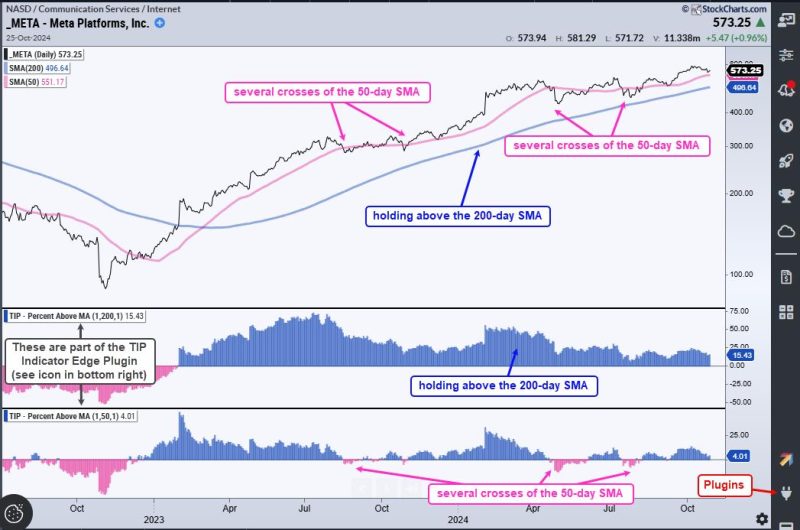Indicators To Boost Your Trading Edge
Understanding market movements is a crucial aspect of successful trading. While no strategy can guarantee profits, utilizing technical indicators can help traders make informed decisions and improve their trading edge. Let’s delve into two key indicators that can enhance your trading performance.
1. Moving Averages:
Moving averages are widely used by traders to identify trends and potential entry and exit points. Two common types of moving averages are the Simple Moving Average (SMA) and the Exponential Moving Average (EMA). The SMA calculates the average price over a specified period, while the EMA gives more weight to recent prices.
Traders often use moving average crossovers to generate buy or sell signals. A bullish crossover occurs when a short-term moving average crosses above a long-term moving average, indicating a potential uptrend. Conversely, a bearish crossover happens when the short-term moving average crosses below the long-term moving average, suggesting a possible downtrend.
Additionally, moving averages can act as dynamic support and resistance levels. When the price approaches a moving average, it may bounce off that level, providing traders with potential entry or exit points. By incorporating moving averages into their trading strategy, traders can effectively identify trends and stay on the right side of the market.
2. Relative Strength Index (RSI):
The Relative Strength Index is a momentum oscillator that measures the speed and change of price movements. RSI values range from 0 to 100, with readings above 70 indicating an overbought condition and readings below 30 signaling an oversold condition. Traders often use the RSI to identify potential trend reversals and divergences.
When the RSI reaches overbought or oversold levels, it suggests that the price may be due for a reversal. Traders can then look for other confirming signals, such as chart patterns or candlestick formations, to enter or exit trades. Additionally, RSI divergences occur when the price makes a new high or low, but the RSI fails to confirm it. This divergence can foreshadow a potential reversal in the price trend.
While the RSI is a valuable tool for identifying overbought and oversold conditions, traders should be cautious of using it in isolation. Combining the RSI with other technical indicators can help confirm trading signals and increase the overall accuracy of trading decisions.
In conclusion, incorporating moving averages and the Relative Strength Index into your trading strategy can significantly improve your edge in the market. By analyzing trends, identifying potential entry and exit points, and understanding momentum, traders can make more informed decisions and enhance their trading performance. Remember to practice risk management and always test your strategies before implementing them live in the market.

